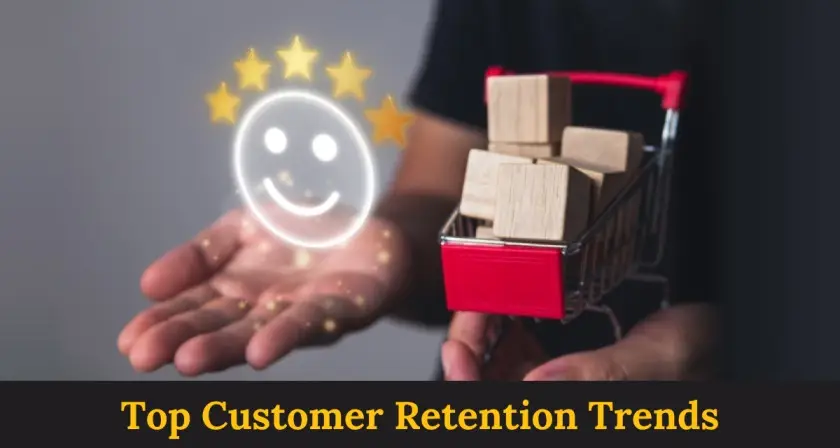Customer retention is crucial for retailers since it increases profitability while saving on marketing and customer acquisition costs. “Retention” originates from “retain,” meaning to keep. Therefore, incorporating customer retention trends aims to maintain or preserve existing customers. However, the specific goals and approaches to retaining customers differ across industries. For instance, a high-end healthcare company would employ different strategies than an e-commerce store. Nonetheless, the underlying concept is consistently delivering a high-quality service that fosters customer loyalty and encourages repeat business. The ultimate aim is to achieve an optimized level of customer retention.
Importance of Customer Retention
Studies have shown that acquiring new customers can cost significantly more than retaining existing ones. By focusing on customer retention, businesses can reduce customer acquisition costs and increase revenue through repeat purchases and upselling opportunities. Companies with high customer retention rates perform exceptionally well and are valued so highly by their customers that they recognize the negative impact of losing them.
Statistics show an increase in customer retention by 5% can lead to a company’s profits growing by 25% to around 95% over a period of time.
Maintaining strong customer retention rates can also be a powerful catalyst for acquiring new customers through referrals and presenting case studies as evidence to potential clients. Regarding revenue, customer retention trends are crucial in ensuring consistent growth and facilitating effective financial planning. The greater the number of loyal customers anticipated for the upcoming fiscal quarter, the simpler it becomes to make informed budgetary choices.
So how can companies focus on existing customers rather than chasing down new ones in 2024? Switching up your strategy and keeping up with the latest customer retention trends can be a starting point. Let’s look at the customer retention trends for 2024
Top Customer Retention Trends for 2024
1. Emotional Loyalty
Emotional loyalty is a growing trend in customer loyalty that emphasizes the development of a powerful emotional attachment between customers and brands. This loyalty extends beyond mere transactional exchanges and aims to cultivate a profound connection that encourages customers to choose the brand continuously. Establishing emotional loyalty involves delivering tailored experiences, outstanding customer service, and fostering community and inclusion around the brand.
According to research conducted by Capgemini, customers who possess a strong emotional connection to a brand are more likely to develop a deep affinity towards it than those with limited emotional engagement.
Individuals with high emotional attachment choose their preferred brand for a specific item 82% of the time, whereas less emotionally engaged individuals do so only 38% of the time. To capitalize on emotional loyalty, brands can invest in loyalty platforms that facilitate the implementation of comprehensive emotional loyalty programs, creating more personalized experiences. By comprehending customer preferences, behaviors, and pain points, brands can customize their offerings to better fulfill their customers’ requirements and foster a more profound emotional bond.
Example: Build-A-Bear Workshop
Build-A-Bear Workshop stands as a prime example of emotional customer loyalty. This company operates approximately 500 physical stores as well as an online presence, allowing consumers to craft their own teddy bears and various related items. Moreover, they generate content and supply products through wholesale channels.
The essence of the Build-A-Bear Workshop model is profoundly personalized and emotionally engaging. Customers actively participate in the creation of their unique teddy bears, involving a ritual where they make a wish and place a “heart” within the bear to symbolically bring it to life. The company owes its remarkable success to its emphasis on sparking imagination and delivering a memorable experiential journey. The emotion is not based on AI it comes from a physical and personal experience. When memories are created, brands stay top of mind.
2. Gamification
Gamification is a growing trend in customer loyalty involving game-like elements in non-game situations, such as marketing and customer engagement. This approach utilizes points, badges, and rewards to motivate customers to interact with a brand, thus enhancing customer loyalty programs and retention.
By leveraging people’s innate desire for competition, rewards, and accomplishments, gamification boosts customer engagement and creates more enjoyable and memorable experiences. It is particularly effective in retail and hospitality, where customers seek immersive and interactive encounters.
Example: Nike Run Club
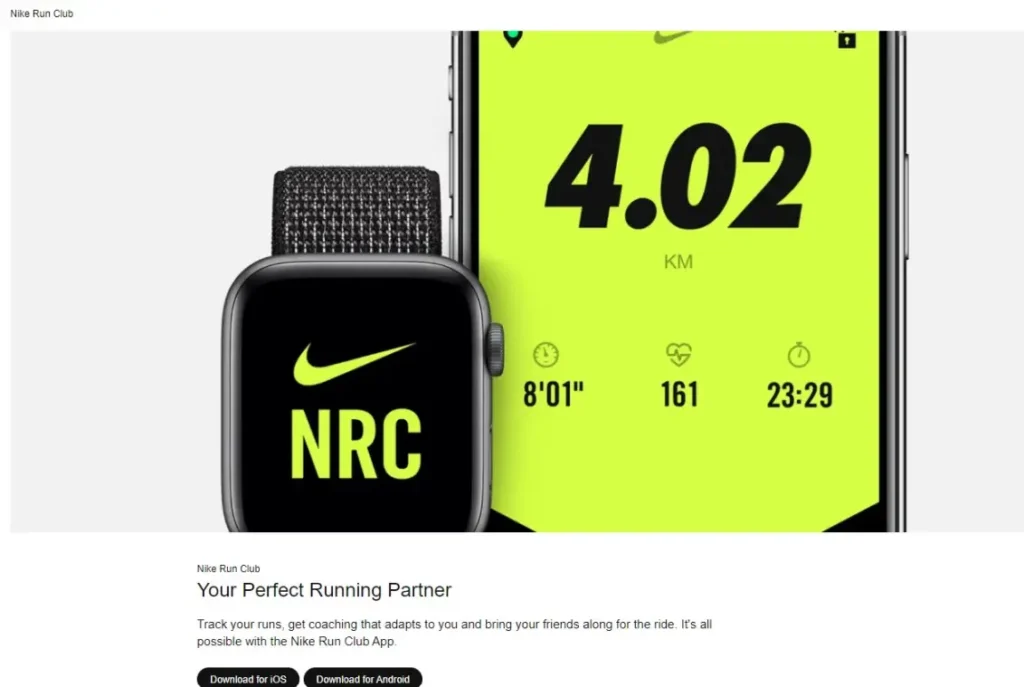
A notable example is the Nike Run Club app, which encourages users to track their runs and compete with friends using leaderboards, badges, and achievements. As users reach specific milestones, they unlock rewards and access exclusive content, further motivating their continued engagement and fostering a sense of community.
Gamification has a multitude of benefits, along with helping loyalty programs excel. Statistics highlight that gamifying only the website increases the browsing time by 30%. Gamified activities boost customers’ sense of belonging to a brand, increasing customer retention significantly.
3. Tiered Benefits
Tiered loyalty programs aim to incentivize customers for each purchase, encouraging them to spend more. These programs provide customers with different benefits based on their engagement and spending. Customers can unlock rewards like gift cards, coupons, complimentary items, loyalty points, and reduced prices when they reach specific spending thresholds. Every brand and retail business has its take on tiered loyalty programs, but the goal is to reward members throughout their journey.
Example: Lancôme’s Elite Rewards
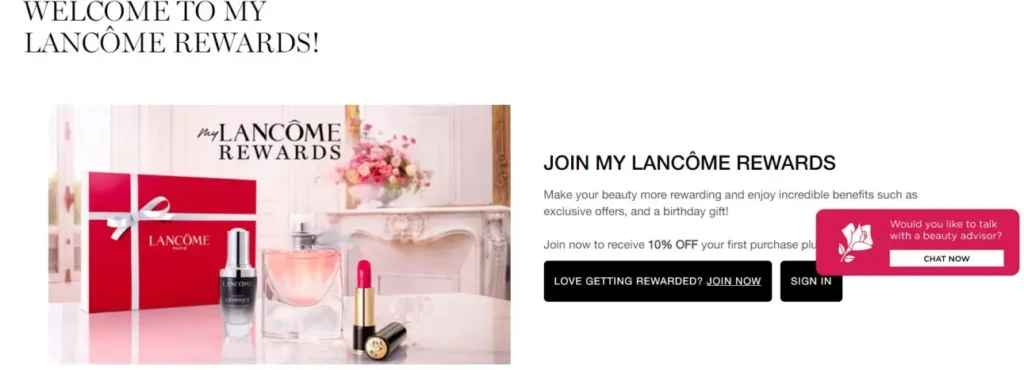
Lancôme’s Elite Rewards program is a tiered loyalty program that allows dedicated customers to accumulate points conveniently. Within this program, members earn 10 points per dollar spent, 50 points for following Lancôme on social media, and 100 points for providing personal information. These loyalty points can be used for online product purchases and redeemed as vouchers.
The program is structured into three tiers: Rose, Gold, and Platinum. Loyal customers of Lancôme are eligible for enticing rewards such as special memberships, early access to upcoming products, and exclusive invitations to brand events. Tiers provide a more significant way to generate customers’ interest and motivate them to return for more.
4. Partnership Loyalty
Loyalty partnerships have emerged as a significant trend in building customer loyalty. By partnering with other brands, companies can offer their customers a more comprehensive range of rewards and benefits, increasing the value of their loyalty program. These partnerships can also help brands to expand their reach and acquire new customers. One of the programs UPS Digital Connections programs is a hit among the SMBs. Through the UPS® Digital Connections program, small and medium-sized businesses (SMBs)could meet with a wide range of top technology partners who offer digital solutions at cost-effective prices. Additionally, UPS® gives businesses money to help them buy technology solutions that help them stay ahead of the curve and bring in more money.
Example: UPS Digital Connections
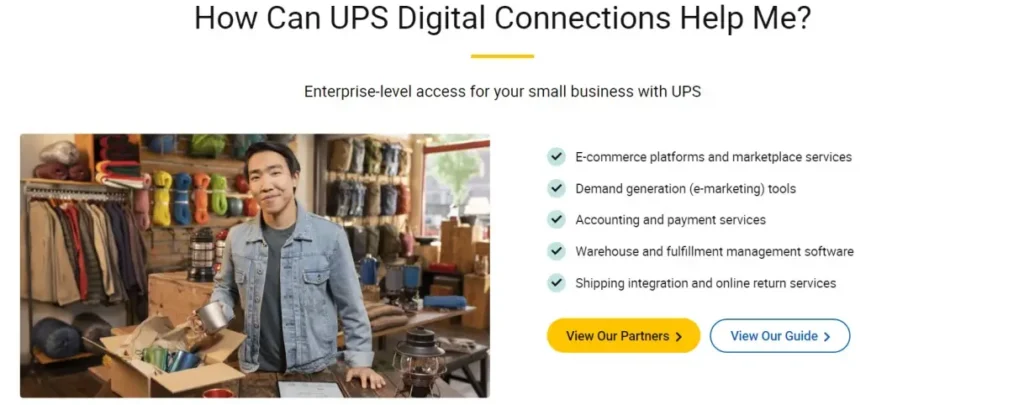
One of the notable success stories of the UPS Digital Connections program is Stride Ride, an American children’s footwear. Stride Ride a UPS customer wanted to build a community of Stride ride purchasers, and increase average order value and revenue per member. Stride Rite qualified for the Digital Connect partnership program.
Through the partnership model, they experienced stronger customer engagement and saw the average order value increase by 25.29%. Additionally, the revenue per member increased by a staggering 43.01%. It is clear that loyalty partnerships can foster a sense of community and exclusivity, as customers feel like they are part of a select group with access to unique benefits. As a result, many brands are leveraging loyalty partnerships as a key strategy to build customer loyalty and drive growth.
5. Coalition Program
A coalition loyalty program is a collaborative effort among brands from different industries to improve customer retention. These brands join forces to develop a collective program that utilizes a shared promotional currency and combines their data collection efforts.
Coalition loyalty programs are witnessing increased customer participation due to the convenience of earning rewards from multiple businesses. Customers expect personalized experiences, mobile integration, and omnichannel accessibility. Partnership diversity across various industries is appealing, while gamification and social elements enhance engagement. Customers also value sustainability and purpose-driven initiatives. Exclusive access and premium benefits further drive loyalty. By leveraging these trends, businesses are creating successful coalition loyalty programs that offer personalized rewards, convenience, and a seamless customer experience across multiple channels.
6. Artificial Intelligence
To succeed, consumer goods companies, retailers, e-commerce brands, or any other industry must stay attuned to evolving consumer trends and adapt accordingly. The ability to identify and promptly respond to these shifting patterns is crucial, considering the rapid pace at which customer behaviors change. Artificial Intelligence (AI) is revolutionizing how businesses interact with customers and shaping customer trends in several ways. AI-powered chatbots and virtual assistants are becoming increasingly common in customer service. They provide:
- Quick and efficient support.
- Answering customer inquiries.
- Resolving issues.
- Guiding them through purchasing.
Natural language processing capabilities enable chatbots to accurately understand and respond to customer queries.
Additionally, AI enables businesses to leverage predictive analytics to anticipate customer behavior. By analyzing historical data and identifying patterns, AI algorithms can predict customer preferences, buying habits, and future actions. This allows businesses to proactively offer personalized recommendations, promotions, or targeted marketing campaigns. Embracing AI technologies can help enterprises better understand and engage with their customers, ultimately improving customer satisfaction and driving business growth.
7. Personalization
Personalization is a vital tool for businesses, setting them apart and creating deep emotional customer loyalty. Even when alternatives are available, emotionally loyal customers remain committed. Businesses often employ customer segmentation, such as K-means clustering, to personalize their strategies effectively.
Example: Beauty Insider Loyalty Program
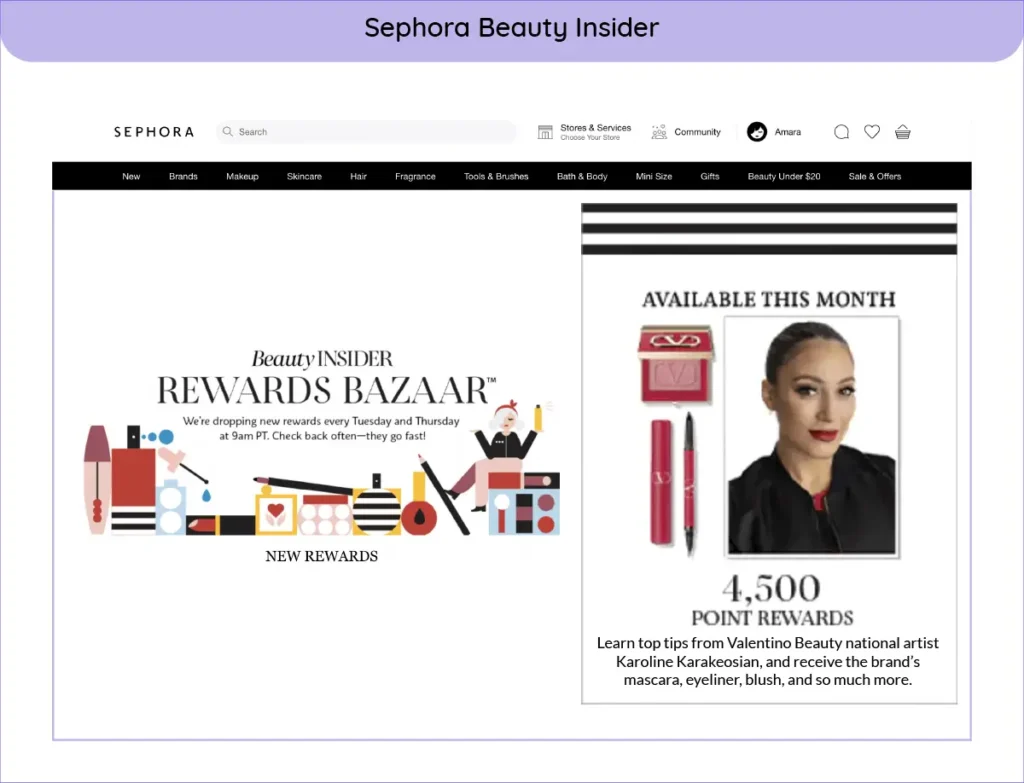
For instance, Sephora, a leading cosmetics retailer, excels in personalization through tailored emails, its Beauty Insider loyalty program, and in-store technology like Color IQ. This personalization fosters strong emotional bonds with customers, leading to increased visits and spending, as demonstrated by Gallup’s research—32% more store visits and 46% higher spending among emotionally connected customers.
Conclusion:
In conclusion, customer retention is vital for retailers and businesses across industries to increase profitability and reduce marketing costs. By focusing on existing customers, companies can cultivate long-term relationships, encourage repeat business, and benefit from customer loyalty. The importance of customer retention lies in its ability to drive revenue growth, facilitate effective financial planning, and attract new customers through referrals and positive word-of-mouth.
Incorporating these customer retention trends and leveraging technology will help businesses maintain and strengthen relationships with existing customers, resulting in increased revenue, customer satisfaction, and long-term success. Companies can achieve sustainable growth by focusing on customer retention strategies while delivering exceptional experiences and fostering customer loyalty.
Increase Customer Retention Rate With Zinrelo!
Learn how our holistic loyalty platform can transform your business.
